Some days ago, vaadin released a Tutorial for Swing developers. It's a hitchhiker's guide to convert a Swing app to modern web app. It's a must-read if you plan to replace/migrate or modernize your Swing application.
We were mentioned in the last paragraph with our JVx framework, as possible conversion strategy. Thanks for that!
I want to hook in at this paragraph, because I totally agree with the rest of the tutorial.
It's true that a wrapper has pros, cons and limitations. You can't wrap everything. Sure you could try, but it needs so many developers and doesn't make sense because a wrapper shouldn't copy the underlying technology. The more features the wrapper has, the more problems will occur with new (different) technologies. The wrapper should be a subset of all technologies. But a subset is limited in functionality!
A wrapper should be focused on a specific domain, e.g. database/data driven applications or game development. A wrapper for multiple domains will fail!
I don't know many working wrappers. There were many attempts to create (UI) wrappers, in the past, but most were stopped because of complexity or the developers had other interests (if project was open source).
JVx is one working solution and in my opinion the most complete one because it contains an UI wrapper, has implementations for different technologies like Swing, JavaFX, Headless and Vaadin. The APIs are bulletproof and there are native applications for Android and iOS. JVx is a generic solution and doesn't generate additional source code.
But it has more than that, because it's full-stack and comes with different application frames for desktop, web and mobile applications.
But what is your advantage if you're using a wrapper?
You're (GUI) technology independent.
An example:
Your current business application is a Swing application and you plan the migration to a modern technology.
Your first migration decision should be: Desktop or Web
Next decision: which UI framework
Optional: Mobile support?
If your platform decision was: Desktop, then it's very simple to find the right UI framework: JavaFX and try JavaFXPorts for mobile support.
Fact: No real web and possible problems with mobile support
If your platform decision was: Web, then it's not an easy task to find the right UI framework, but vaadin should be the first choice because it's comparable to Swing and hides web technology for you!
Fact: No desktop but mobile support
Every decision has pros and cons. If you bet on one technology stack, you're fixed to this technology stack. In our example it was JavaFX or vaadin. And what will be the next preferred UI technology after JavaFX or vaadin?
You'll have the same problems again and it's never easy to migrate a (business) application.
You should bet on a technology independent solution, to be prepared for the future!
Means, you should use a wrapper. But don't use a wrapper which hides the technology from you. It should be possible to access the technology directly - if needed or if it's not important to be technology independent.
Sometimes it's not possible to be technology independent, e.g. some custom controls aren't available for all technologies.
The wrapper should allow technology dependent and independent development without any limitations!
Does it make sense to use the same application with different technologies?
Yes, but...
It's not a good idea to use e.g. Swing AND JavaFX because both technologies are desktop toolkits. But it makes sense to use JavaFX for your backend application and vaadin for your frontend or your mobile devices.
It's also a good idea to create only one application that works as desktop, web and mobile application - the same application. But show different screens/views on different platforms.
There's no big difference between desktop and a standard browser because resolution of a desktop pc is the same. A mobile browser has limited space and you shouldn't use the same screen/view on a mobile device as on the desktop pc.
Example
We use an ERP backend application to manage vacations. The appliation has about 10 screens for resource management, master data management and accounting. The application runs as desktop application with JavaFX. The same application runs in desktop browsers with 3 screens because the web frontend doesn't offer master data management and accounting. The same application runs on mobile devices with only 1 screen because mobile devices are used from employees to enter and view vacations.
We have only one application, started with different UI technologies and with different screens/views.
It would be possible to create 3 different applications with different screens and with dependencies between the applications and ... (complex to maintain, 3 different projects, application frame x 3).
If you'll create a "native" vaadin application and a JavaFX application you'll need different development teams with different know-how.
Don't waste time and resources, focus on the real problems of your application. A wrapper hides technology problems and allows fast development with few developers: Win-win situation!

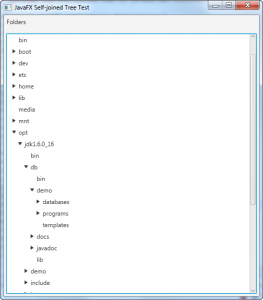
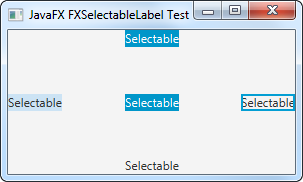
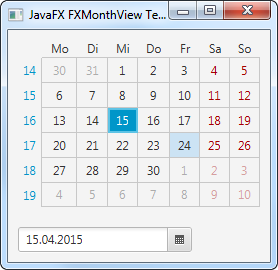
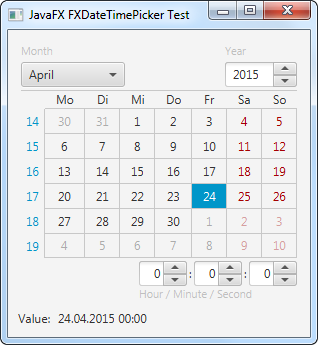
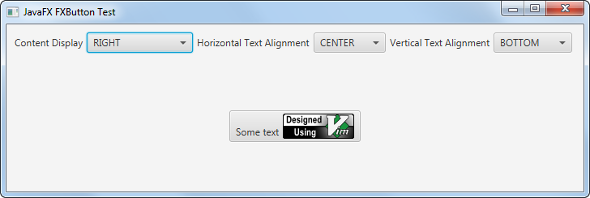
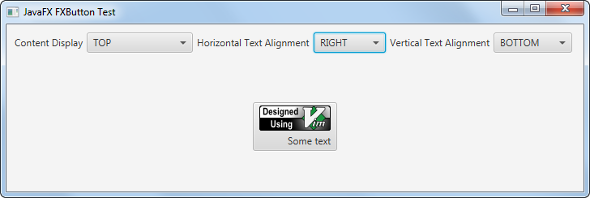
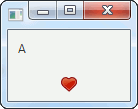


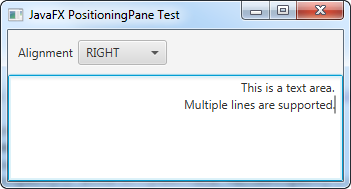
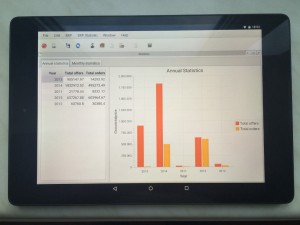
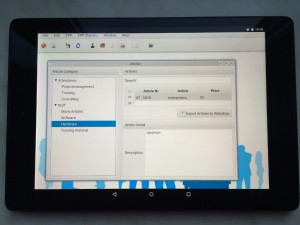
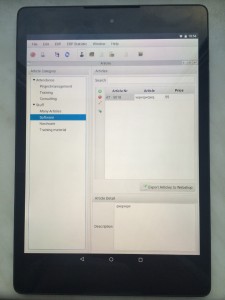
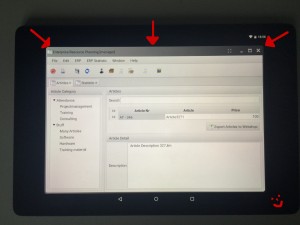
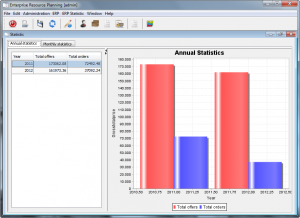
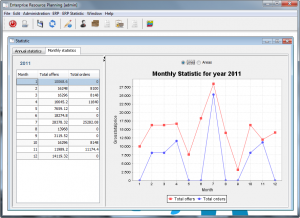
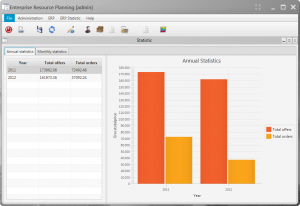
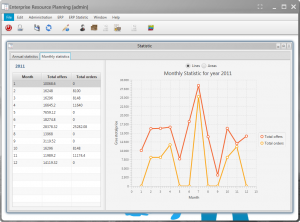
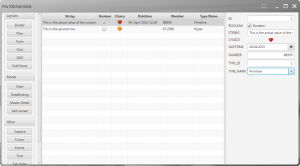
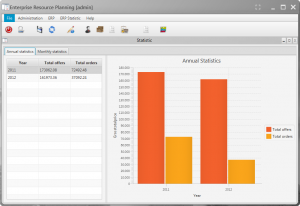
 RSS-Feed
RSS-Feed